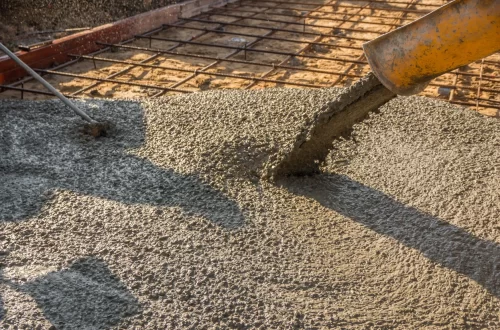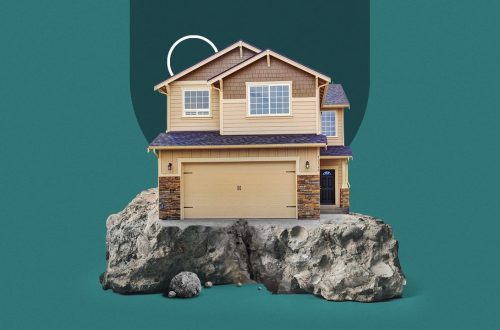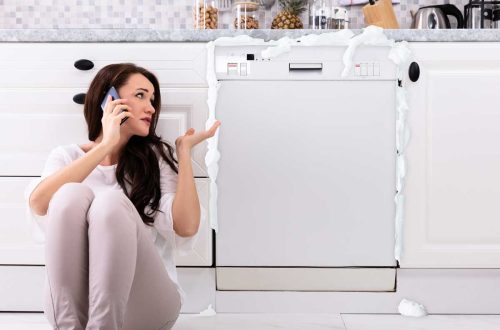Artificial grass is one kind of synthetic ground covering that is made to look very much like the real grass. It has evolved over decades and do not resemble fake-looking, plastic product that it was once. However, artificial turf livermore is synthetic, and made from petroleum-based plastics.
Before you get artificial grass or turf installed, there are a few things you should check:
- The surface you’re planning to install it on. Make sure it’s level and smooth, without any undulations or dips.
- The weather. Artificial grass and turf can be installed in most weather conditions, but installation in very hot or cold weather is not recommended.
- Your budget. Artificial grass and turf can be a significant investment, so make sure you have the budget to cover the cost of materials and installation.
- The warranty. Most artificial grass and turf comes with a warranty, so be sure to read the fine print and understand what is and is not covered.
- The maintenance. Artificial grass and turf requires very little maintenance, but you will still need to perform occasional grooming and repairs.
 Types of Artificial Turf
Types of Artificial Turf
When it comes to buying the right type of artificial grass, ensure you choose the right type of grass. Given are three primary kinds of artificial grass to check out:
- Polyethylene artificial grass gives realistic texture and look and is also considered as the good mid-range choice for the artificial lawn. It is not very durable as nylon; however the soft feel makes this highly suitable for the play areas and other zones where people can walk barefoot.
- Nylon grass is considered as durable and even long-lasting, but can be expensive. It is stiffest of the artificial grass materials. Thus, when it is good for the high-traffic areas, then it will not be perfect for the areas where children and pets are playing.
- Polypropylene grass is a least costly but also less durable. As it cannot stand up to the high traffic, it is best for the smaller regions that do not get daily use, such as putting greens.





